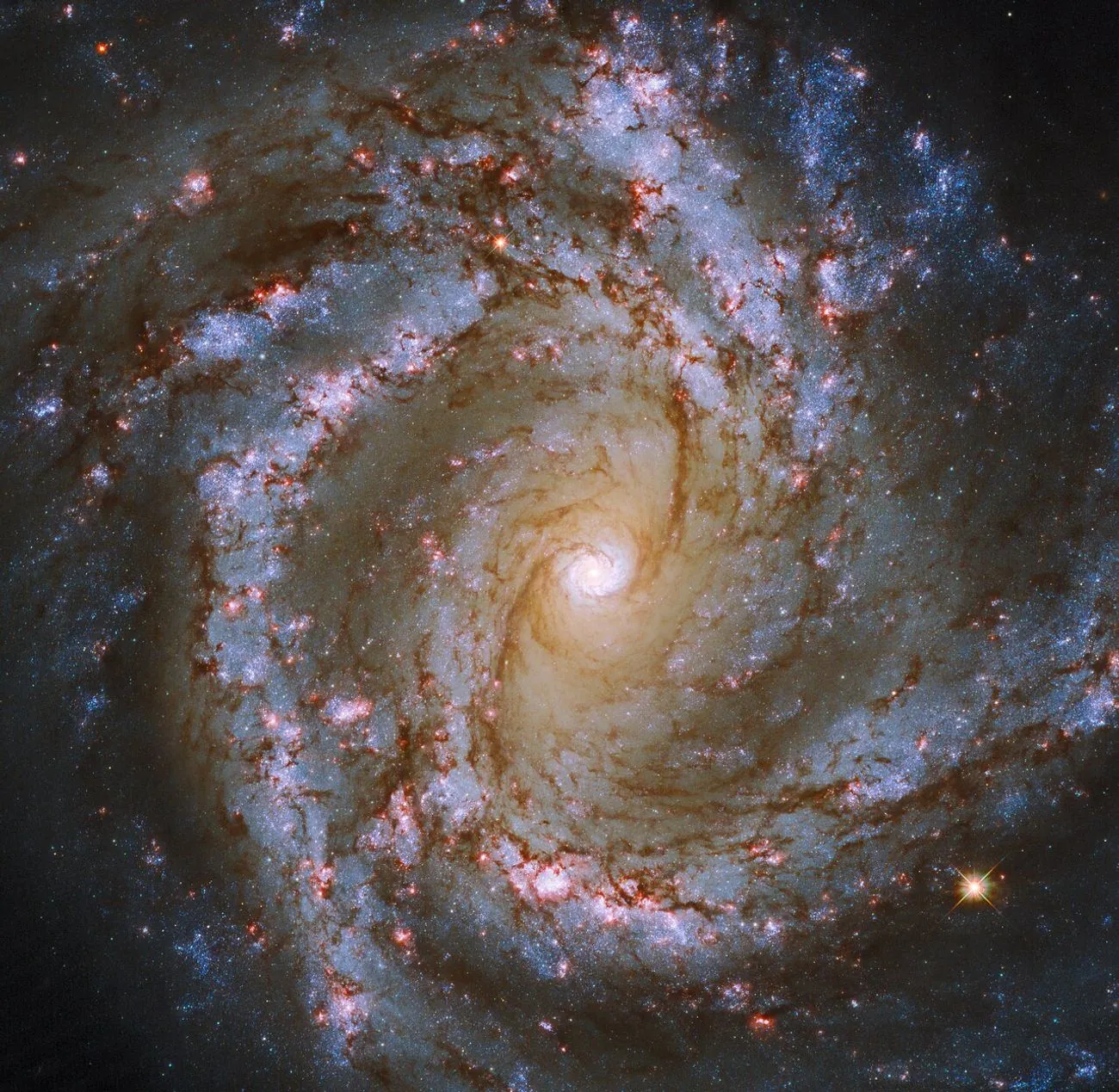Incredible spectacle: Hubble Space Telescope captures images of a spiral galaxy
Kyiv • UNN
The Hubble Space Telescope has captured stunning images of the spiral galaxy NGC 4941, located 67 million light-years away in the constellation Virgo. Hubble's instruments highlight individual star clusters and gas clouds.

The NASA/ESA Hubble Space Telescope has captured stunning images of the spiral galaxy NGC 4941, located approximately 67 million light-years from Earth in the constellation Virgo. This is reported by UNN with reference to ESA Hubble.
Details
The image, taken by the Hubble Space Telescope, shows the picturesque spiral galaxy NGC 4941, located approximately 67 million light-years from Earth in the constellation Virgo. Since this galaxy is relatively close, in cosmic terms, Hubble's precise instruments are able to resolve interesting details, such as individual star clusters and filamentary clouds of gas and dust.
The data used to create this image was collected as part of an observational program that investigates star formation and the stellar feedback cycle in nearby galaxies. As stars form in dense, cold clumps of gas, they begin to influence their surroundings. Stars heat and disturb the gas clouds in which they are born with stellar winds, starlight, and—eventually, for massive stars—supernova explosions. These processes together are called stellar feedback. They affect the rate at which a galaxy can form new stars.
As it turns out, stars are not the only entities providing feedback in NGC 4941. At the center of this galaxy lies an active galactic nucleus: a supermassive black hole that is accreting gas. As the black hole accumulates gas, it forms a superheated disk that glows brightly across wavelengths throughout the electromagnetic spectrum.

Similar to stars—but on a much larger scale—active galactic nuclei shape their surroundings through winds, radiation, and powerful jets, altering not only star formation but also the evolution of the galaxy as a whole.
Addition
The Webb Telescope was able to capture Neptune's auroras in stunning infrared detail for the first time. The auroral activity is located at the planet's mid-latitudes, not at the poles.
A combination of observations from the Gaia space telescope and the ground-based Gravity instrument allowed scientists to photograph the companions of eight bright stars that had not been detected before.